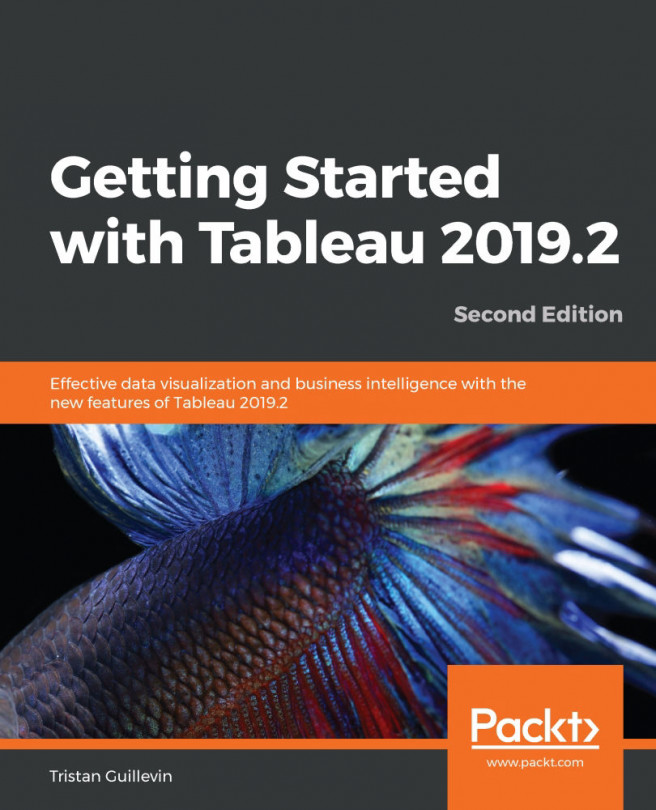Consider the following three ways that Tableau connects to datasets:
- Tableau may connect to a single table. This is ideal as it allows the most functionality and easiest troubleshooting, while enabling Tableau to send the simplest queries and thus perform optimally. However, it is not always possible to connect to a single table and, although ideal, it is not reasonable to have such a strict limitation. The relationship between data sources and reporting tools is constantly changing. A reporting tool that is inflexible in the way it can connect to data will likely not be successful, no matter how elegant and beautiful the end results.
- The second way Tableau may connect to data is via joining. One table may not supply all the necessary data, but by joining two or more tables, all the needed data may be accessible. As the joins become more and...









































































